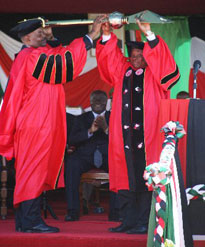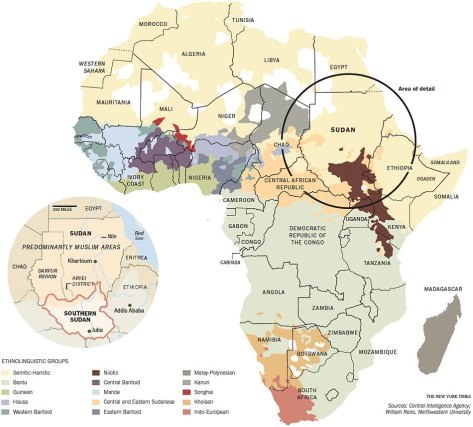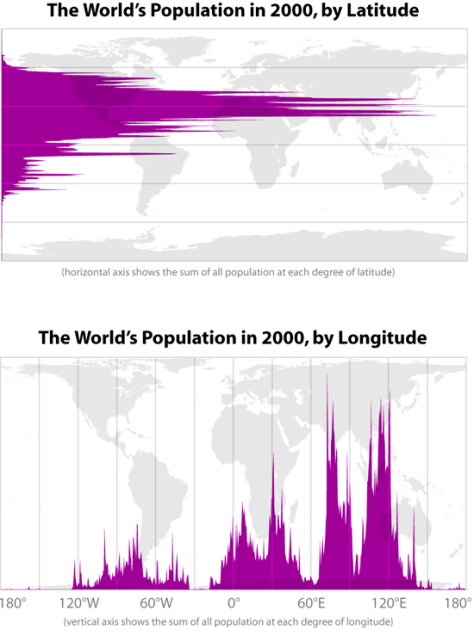I was in a silly mood this morning while corresponding with a friend about young students wanting direct answers from their profs. It got me thinking about my own academic and spiritual journey. My five-year-old son has become a Star Wars fanatic, and many conversations in our home are now conducted now with a Yoda voice. So in my best Yoda imitation, here is my response to a younger me.
Right answers seek you?
Truth. Very difficult.
Much confusion in the world there is.
Through a glass darkly many facts we cannot know.
Answers maybe not helpful.
Dogmatic world: someways easy.
But too much they deny.
In fear many live.
Stuck in past they are, but no more sense all makes today. Some yes.
But too much Good News dogma misses.
Even here, only guesses we can offer.
Try we do.
But reality are they?
A much bigger world there is.
Like Peter, where else go we? The Dark Side?
Much worse it is.
In faithful community refuge seek.
The deeper Wisdom, very hard for you now, my Padawan.
I know. I know. Hmmmm…
But your feelings you must probe.
Why? OK to ask.
Trust God you must.
Faithful to Jesus you can be.
Through fresh eyes, the Bible read we.
To others listen.
Different cultures understand.
Marginalized reach out to.
Touch them.
Loving, you must become.
For Peace, Jesus ask.
Answers? Not so much.
More knowledge? Maybe.
First, much suffering you will have.
Much pride from you he must remove.
Till you become as a child.
In openness and humility, solutions lie.
Your fear, he must conquer.
Your questions, he must change.
Deeper Wisdom, he will give.
But much time it takes.
 Top migrant Muslim countries of origin:
Top migrant Muslim countries of origin:
















 Later, I watched a TV feature that showed how suburban residents come to new Toi Market to shop, freely mingling with kibera slum dwellers, all looking for quality deals on clothes and foodstuff. The Church in Africa is quite like that market. It is alive and aflame with all sorts of activity. It has a lot to offer to the continent, but I do not think we have yet realized let, alone appropriated that potential. For me, there-in is the challenge and the opportunity. I believe we need to understand our own story, in a way, to ‘make sense of this market space’. If can articulate the common themes around which we as Africans Christians identify, despite our numerous diversities, we will rally together more easily to resolve the immense challenges facing the continent in the 21st century. And that way—if we solve practical bread and water type of problems, then we will be all the more relevant. We will help those who are on the fringes to discover that there is something for them in the church as well. In short, make order of the market to make room for even more efficient and productive business…
Later, I watched a TV feature that showed how suburban residents come to new Toi Market to shop, freely mingling with kibera slum dwellers, all looking for quality deals on clothes and foodstuff. The Church in Africa is quite like that market. It is alive and aflame with all sorts of activity. It has a lot to offer to the continent, but I do not think we have yet realized let, alone appropriated that potential. For me, there-in is the challenge and the opportunity. I believe we need to understand our own story, in a way, to ‘make sense of this market space’. If can articulate the common themes around which we as Africans Christians identify, despite our numerous diversities, we will rally together more easily to resolve the immense challenges facing the continent in the 21st century. And that way—if we solve practical bread and water type of problems, then we will be all the more relevant. We will help those who are on the fringes to discover that there is something for them in the church as well. In short, make order of the market to make room for even more efficient and productive business…










